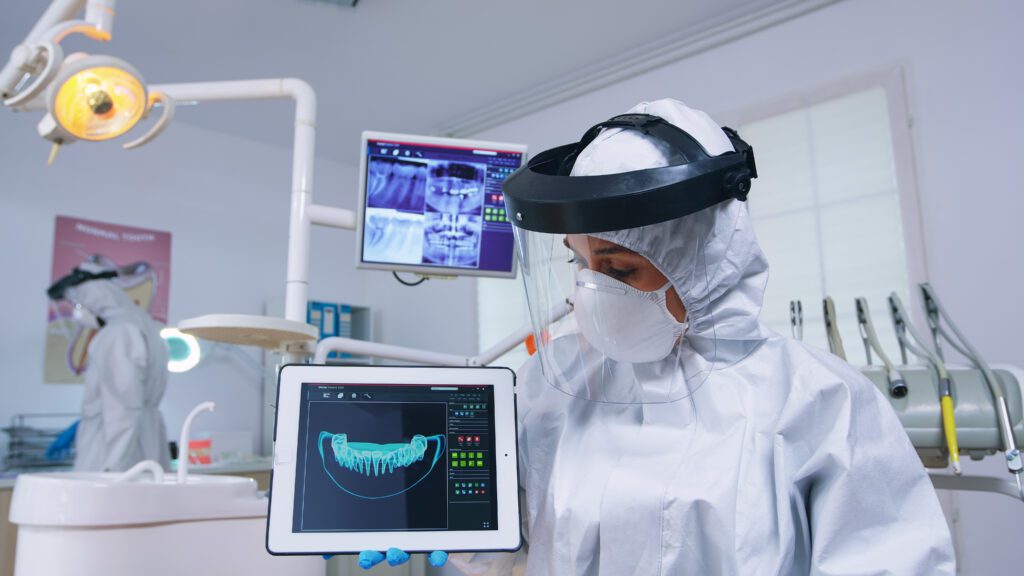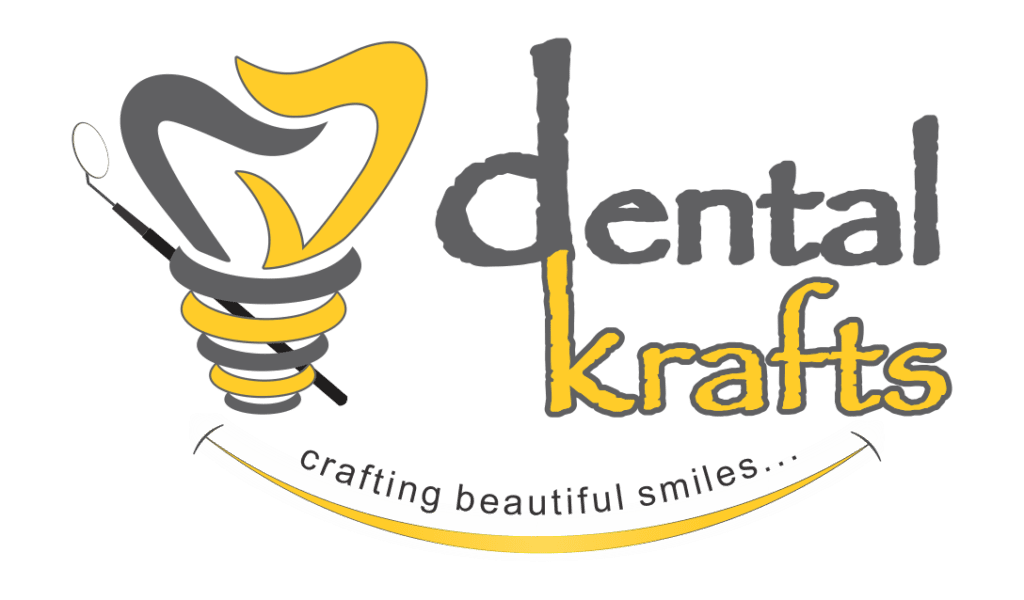
Digital dentistry is a rapidly evolving field that utilizes advanced technology to enhance dental care. It encompasses various aspects of dentistry, including diagnosis, treatment planning, and the fabrication of dental restorations. Digital imaging techniques such as cone beam computed tomography (CBCT) provide detailed 3D images of the oral structures, aiding in accurate diagnosis and treatment. Intraoral scanners replace traditional impressions, enabling precise digital models of the teeth and gums. Computer-aided design/computer-aided manufacturing (CAD/CAM) technology allows for the efficient fabrication of custom-made dental prosthetics, such as crowns and bridges.
Digital dentistry streamlines workflows, improves accuracy, and enhances patient comfort. It also enables efficient communication between dental professionals and laboratories, resulting in faster turnaround times and better outcomes.
Frequently Asked Questions
Digital dentistry is the integration of advanced technology into dental practices, encompassing various digital imaging, scanning, and CAD/CAM techniques to enhance diagnosis, treatment planning, and the fabrication of dental restorations.
Digital dentistry incorporates advanced technology and digital imaging techniques for diagnosis, treatment planning, and the fabrication of dental restorations, whereas traditional dentistry relies on conventional methods and materials.
Digital dentistry offers several advantages, including improved accuracy in diagnosis and treatment planning, enhanced patient comfort through the elimination of traditional impressions, faster turnaround times for dental restorations, and more efficient communication between dental professionals and laboratories.
By utilizing digital imaging and scanning, dentists can accurately diagnose dental conditions and plan treatments with precision. CAD/CAM technology allows for the fabrication of custom-made dental restorations that fit precisely and provide optimal functionality and aesthetics.
Yes, digital dentistry techniques are safe. Imaging techniques like CBCT use low levels of radiation, similar to traditional dental X-rays, while intraoral scanners are non-invasive and pose no risk to patients.
Digital dentistry can be applied to various dental procedures, including implant planning, orthodontics, prosthodontics, and restorative dentistry. However, the extent to which digital technology is used may vary depending on the specific case and the dentist’s expertise.
The time required for digital dental restorations depends on factors such as the complexity of the case, the availability of in-house milling machines, and the collaboration with dental laboratories. However, the digital workflow can significantly reduce the turnaround time compared to traditional methods.
